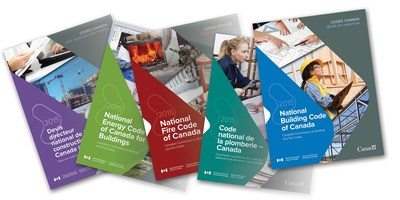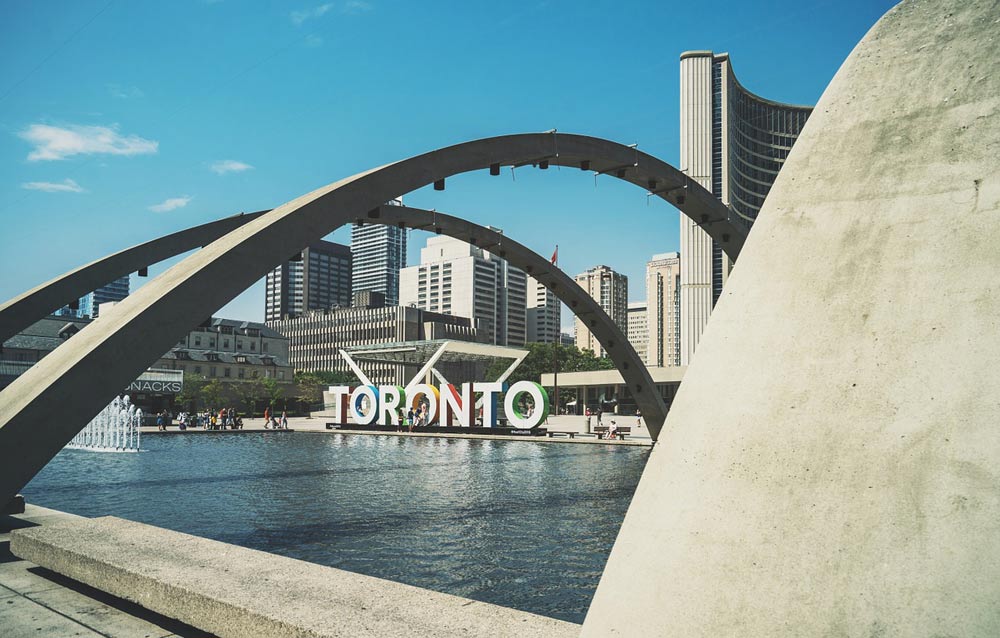Canadians are demanding safer, healthier and more accessible construction where they live, work and play. To address these demands, approximately 600 changes were introduced in the National Model Construction Codes, now known as Codes Canada. The 2015 editions of the Codes respond to the changing needs of Canadians and to new technologies, materials, and research.
- All buildings in Canada will now be designed for earthquake forces regardless of the level of hazard
- New design requirements will improve accessibility of stairs and washrooms
- Increased run dimension of steps inside houses from the current minimum of 210 mm to a new minimum of 254 mm could reduce fall incidences by up to 64%
- New requirements to flow rates in showers will reduce water usage in buildings
- Additional protection measures such as higher standards for automatic sprinkler systems will allow for the construction of six-story wood buildings

The 2015 editions of the Codes respond to the changing needs of Canadians and to new technologies, materials, and research. Courtesy of CNW Group/National Research Council Canada
“I am very pleased to announce the launch of the 2015 editions of Codes Canada,” says Douglas Crawford, Chair of the Canadian Commission on Building and Fire Codes. “Their development is the result of a great deal of work from over 600 dedicated volunteers, broad consultations, and the excellent staff support provided by NRC’s Codes Canada. This work has benefited from, and been informed by, our ongoing partnership with the provinces and territories and strong working relationships with key stakeholders.”
In response to climate change, the Government of Canada has announced an additional $40 million over five years to integrate climate resilience into building design guides and codes. Funding will support revised national building codes, and guides integrating climate resiliency into the design and rehabilitation of public infrastructure will be ready for adoption in 2020.
“For over 75 years, the National Research Council has supported an open and collaborative development process,” added Philip Rizcallah, Director of Building Regulations at the National Research Council of Canada. “Our goal is to produce effective building and safety regulations that are harmonized across Canada by collaborating with Canada’s Provinces and Territories and the Canadian Commission on Building and Fire Codes”
Codes Canada are developed by the Canadian Commission on Building and Fire Codes and are published every five years by the National Research Council of Canada (NRC). This includes the National Building Code, the National Fire Code, the National Plumbing Code, and the National Energy Code for Buildings.
Did you know?
- The Canadian Commission on Building and Fire Codes is an independent and public committee of volunteers established by the National Research Council (NRC) responsible for developing and updating the National Model Construction Codes.
- Under Canada’s constitution, provinces and territories regulate the design and construction of new houses and buildings, as well as the maintenance and operation of fire safety systems in existing buildings.
- Anyone can submit a code change request at any time through NRC’s website. These requests are reviewed and, if approved, help improve the Codes.
- Codes Canada are published in print or electronic formats under a variety of price points, including: student discounts, bulk discounts, and short term online subscription rates.
- It was 75 years ago, in 1941, that the Division of Building Research was established to oversee Canada’s national construction codes.
Related Links
SOURCE National Research Council Canada



